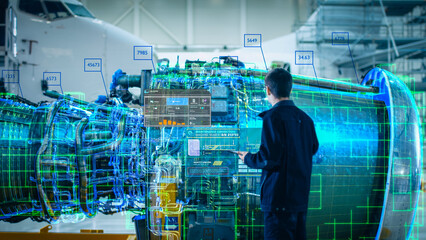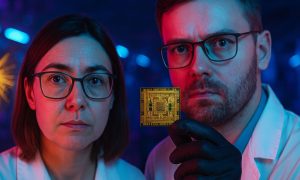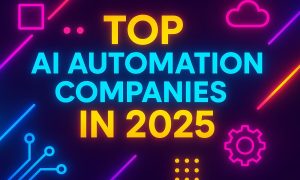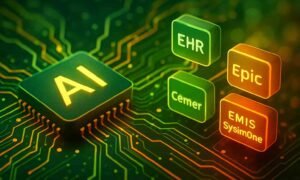

Introduction
In 2024, the convergence of digital twin technology and artificial intelligence (AI), including the emergence of Generative AI, is poised to revolutionize various industries. Digital twins, virtual replicas of physical assets or processes, combined with AI capabilities, enable businesses to simulate, analyze, and optimize operations in real-time. Generative AI adds another layer of innovation by autonomously creating designs, solutions, and strategies. In this article, we explore 10 pioneering examples of how digital twin and AI technologies, including Generative AI, are reshaping industries in 2024.
1. Smart Manufacturing
Digital twins empowered by AI and Generative AI are transforming manufacturing processes by providing real-time insights into equipment performance, production workflows, and supply chain dynamics. Manufacturers can optimize production schedules, predict equipment failures, and improve product quality by leveraging AI-driven digital twins to simulate and optimize various scenarios.
2. Sustainable Urban Planning
In urban planning, digital twins enhanced with AI algorithms help city planners simulate the impact of infrastructure changes, traffic patterns, and environmental factors. Generative AI algorithms can generate alternative urban designs and evaluate their sustainability, enabling cities to make data-driven decisions to create more livable, resilient, and eco-friendly urban environments.
3. Healthcare Optimization
Digital twin technology combined with AI is revolutionizing healthcare by enabling personalized patient care, predictive diagnostics, and drug discovery. With Generative AI, medical researchers can explore vast design spaces for new drugs, medical devices, and treatment protocols, accelerating innovation and improving patient outcomes in areas such as precision medicine and personalized healthcare.
4. Energy Management
In the energy sector, digital twins powered by AI algorithms optimize energy generation, distribution, and consumption. Generative AI assists in designing energy-efficient systems and renewable energy solutions, enabling utilities to maximize resource utilization, reduce carbon emissions, and meet sustainability goals in a rapidly evolving energy landscape.
5. Autonomous Vehicles
Digital twins coupled with AI technologies play a crucial role in the development and deployment of autonomous vehicles. By simulating complex driving scenarios and environments, AI-driven digital twins enable autonomous vehicle manufacturers to train and validate their algorithms in virtual environments, ensuring safety and reliability before real-world deployment.
6. Aerospace and Defense
In aerospace and defense, digital twins with AI capabilities revolutionize aircraft design, maintenance, and mission planning. Generative AI algorithms assist engineers in optimizing aircraft performance, reducing fuel consumption, and enhancing aerodynamic efficiency. AI-driven digital twins also enable predictive maintenance, ensuring aircraft safety and reliability while minimizing downtime and maintenance costs.
7. Retail and Supply Chain Optimization
Retailers leverage digital twins empowered by AI to optimize inventory management, supply chain logistics, and customer experiences. Generative AI algorithms analyze customer preferences, market trends, and purchasing behaviors to generate personalized product recommendations, pricing strategies, and marketing campaigns, enhancing customer engagement and loyalty.
8. Environmental Monitoring and Conservation
Digital twins enhanced with AI technologies play a vital role in environmental monitoring and conservation efforts. By simulating ecosystems, climate patterns, and biodiversity dynamics, AI-driven digital twins enable scientists and conservationists to assess the impact of human activities, predict environmental changes, and develop sustainable conservation strategies to preserve natural resources and biodiversity.
Conclusion
In conclusion, the integration of digital twin technology and artificial intelligence, including Generative AI, is driving innovation and transformation across industries in 2024. From smart manufacturing and sustainable urban planning to healthcare optimization and environmental conservation, the 10 examples discussed in this article illustrate the profound impact of digital twin and AI technologies on shaping the future of various sectors. As businesses and organizations continue to embrace these technologies, they will unlock new opportunities for efficiency, sustainability, and growth in a rapidly evolving digital landscape.























